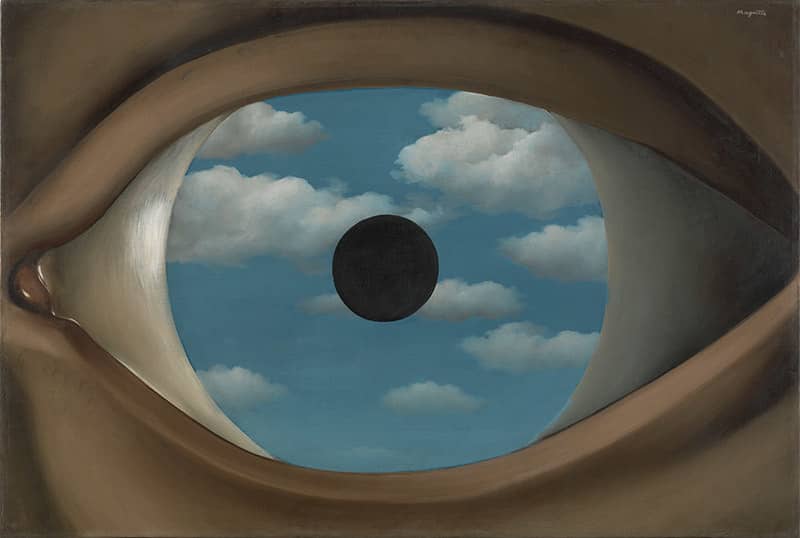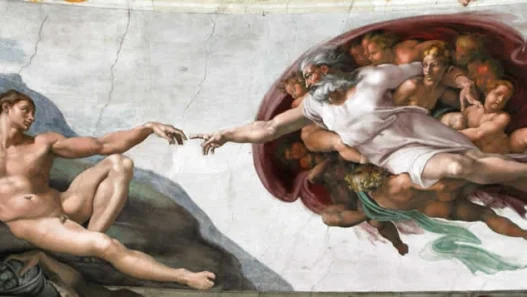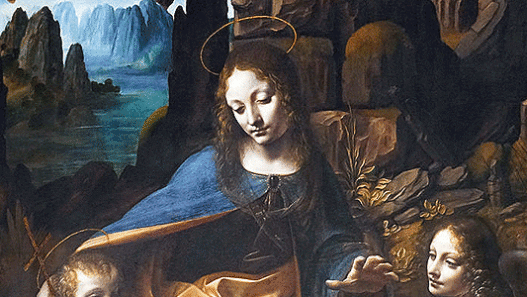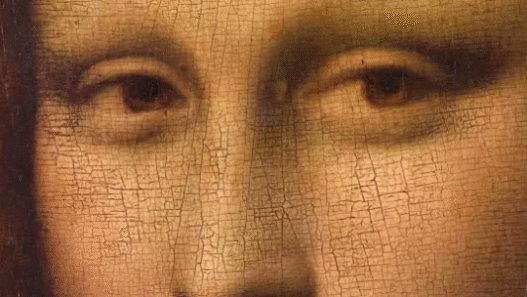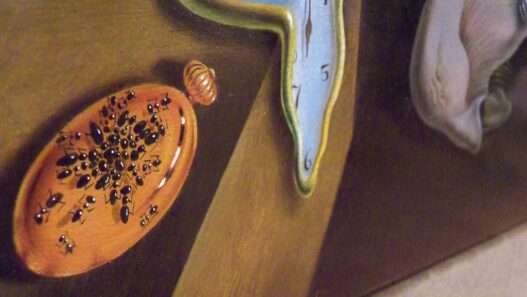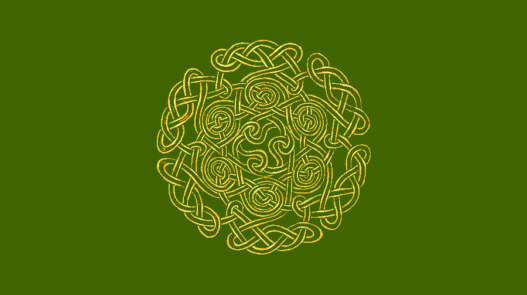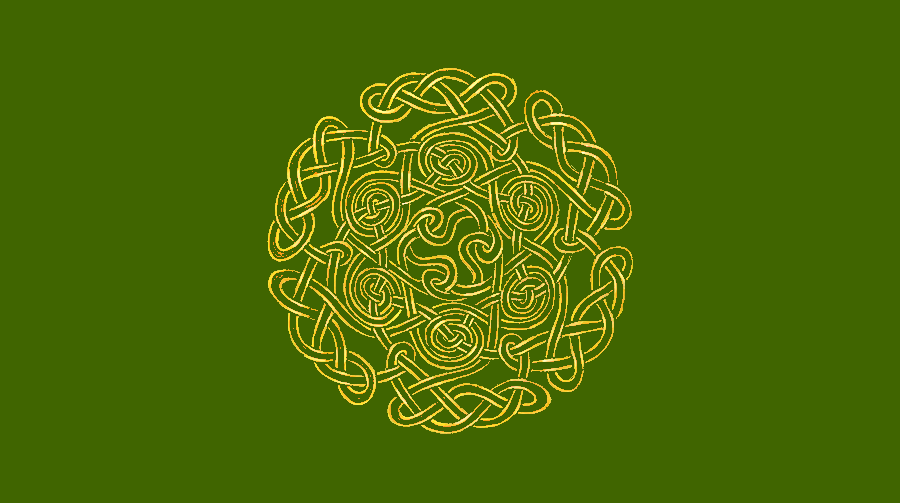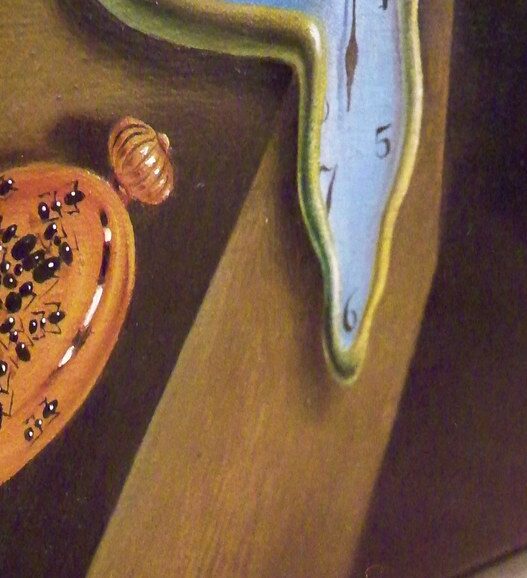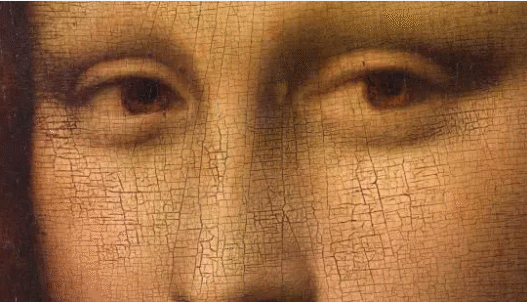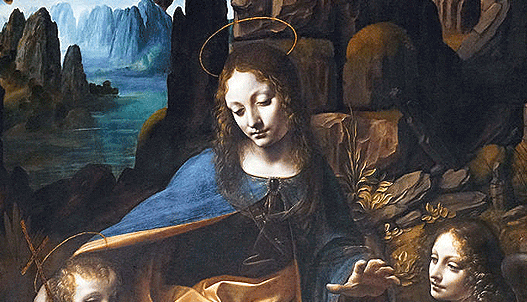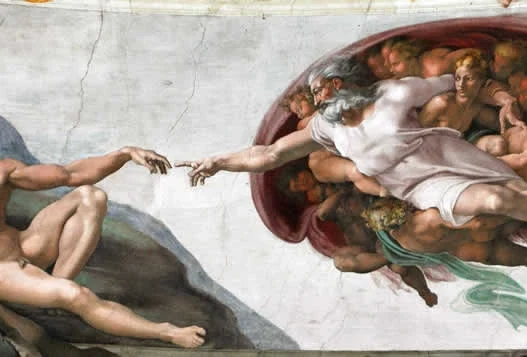Celtic knots are one of those designs that somehow feel ancient, mystical and deeply rooted. You’ll see them in stone carvings, manuscript pages, jewelry and art from the Celtic world and beyond. What makes them so compelling is that they often feature lines that weave, loop and interlace in a way that appears to have no beginning and no end. That visual alone invites us to think about continuity, connection and the flow of life.
Origins and Craft
The knotwork of Celtic design is believed to have emerged in the early medieval period in Ireland, Britain and regions influenced by the Insular art tradition. While the exact origins are still studied and debated, what seems clear is that these patterns carried meaning for their creators beyond mere decoration. They decorated manuscripts, high crosses and carved stones with these intricate loops and interlaces. The fact that the lines loop back on themselves reflects a worldview in which the visible world and the invisible world are intertwined.
Core Symbolic Themes
At the heart of the Celtic knot lies several recurring themes:
Eternity and continuity: Because the lines have no clear start or finish, they invite a reading of forever-ness and enduring connection.
Interconnectedness: The weaving together suggests that life, nature and spirit are intertwined, that boundaries are fluid and that all things are connected.
Cyclic nature of life: Birth, death, rebirth. Day, night, seasons. The loops suggest movement rather than stagnation.
Varieties and Specific Meanings
The Trinity knot, also known as the Triquetra, is one of the most recognisable Celtic designs. The symbolism of Celtic knots often interpreted as three interlocking loops symbolising the unity of mind, body and spirit, or, in Christian tradition, the Father, Son and Holy Spirit. A circular knot variation is thought to represent the four natural elements, earth, air, fire and water, or the balance of directions, seasons and stages of life. Meanwhile, the love knot symbolises the enduring bond between two souls, representing loyalty, unity and the unbroken connection between lives.
When I first encountered a piece of jewellery with a Celtic knot I was struck by how simple the motif looked yet how rich it felt.
It carried this duality of calm and depth. Since then I’ve found myself drawn to the idea of choosing a symbol that reflects not just a moment but a process, not just a single connection but an ongoing one.
I believe that’s why so many choose these motifs now, not simply because they look good, but because they stand for something more: time honoured, woven together, unbroken.
Historic Symbolic Examples
One of the earliest surviving examples of Celtic knotwork appears in the illuminated manuscript The Book of Kells (circa 800 CE), where intricate loops adorned the capitals in the text and served as a visual expression of eternity and continuity
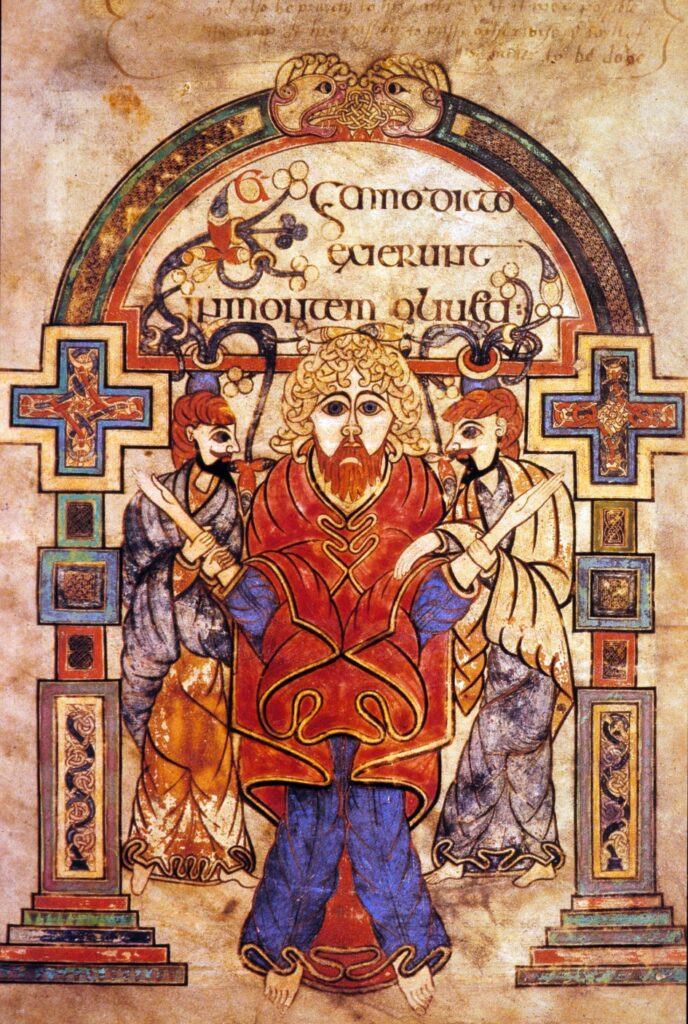
The Book of Kells is considered one of the most important works of art in the Western world, and a cornerstone of Celtic symbolism. Its importance lies not just in its beauty, but in what it represents about meaning, spirituality, and interconnectedness in early medieval art.
